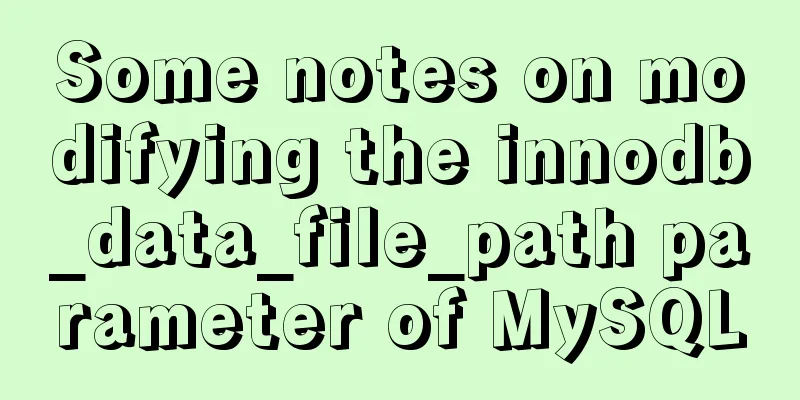Alibaba Cloud domain name and IP binding steps and methods

|
1 Enter the Alibaba Cloud console, find the domain name console, select the domain name to be bound, and click [Resolve].
2 Add analysis
Host Record: www : Record Type: Recorded value: Please fill in your server IP address as the A record value (must be an IPv4 address, for example: 202.106.0.20). If you are not sure about the IP, please consult your space service provider. TTL: The most commonly used TTL value is 10 minutes, which we have selected for you by default and does not need to be modified. 3 After filling in the form, click Save and it will take effect in 10 minutes.
So far, the relationship between domain name and IP has been bound. .Public and private IP addresses can be allocated when Alibaba Cloud creates our Linux server instance, including public and private IP addresses, username/password for SSH remote connection, Linux system configuration, charging standards, etc. (See the picture: Alibaba Cloud instance configuration.png) Then you can see our example:
This concludes this article on the steps and methods for binding Alibaba Cloud domain names and IPs. For more information on binding Alibaba Cloud domain names and IPs, please search for previous articles on 123WORDPRESS.COM or continue browsing the following related articles. I hope you will support 123WORDPRESS.COM in the future! Original text: https://blog.csdn.net/shengqianfeng/article/details/77587293 Author: Jeff.Smile You may also be interested in:
|
<<: Vue+echarts realizes progress bar histogram
>>: Things to note when migrating MySQL to 8.0 (summary)
Recommend
Difference between HTML ReadOnly and Enabled
The TextBox with the ReadOnly attribute will be di...
Detailed explanation of the role of key in React
Table of contents Question: When the button is cl...
How to write high-quality JavaScript code
Table of contents 1. Easy to read code 1. Unified...
Vue parent-child component mutual value transfer and call
Table of contents 1. Parent passes value to child...
My CSS framework - base.css (reset browser default style)
Copy code The code is as follows: @charset "...
In-depth analysis of HTML table tags and related line break issues
What is a table? Table is an Html table, a carrie...
When is it appropriate to use dl, dt, and dd?
dl:Definition list Definition List dt:Definition t...
HTML css js implements Tab page sample code
Copy code The code is as follows: <html xmlns=...
A simple way to clear the CSS, JavaScript and background image cache in the browser
In the actual project development process, the pag...
Several commonly used methods for centering CSS boxes (summary)
The first one: Using the CSS position property &l...
Example code for implementing simple ListViews effect in html
HTML to achieve simple ListViews effect Result: c...
Detailed explanation of HTML element height, offsetHeight, clientHeight, scrollTop, etc.
Some attributes about elements In the daily devel...
Summary of twelve methods of Vue value transfer
Table of contents 1. From father to son 2. Son to...
In-depth explanation of MySql table, database, sharding and partitioning knowledge
1. Introduction When the amount of data in the da...
MySQL query specifies that the field is not a number and comma sql
Core SQL statements MySQL query statement that do...













